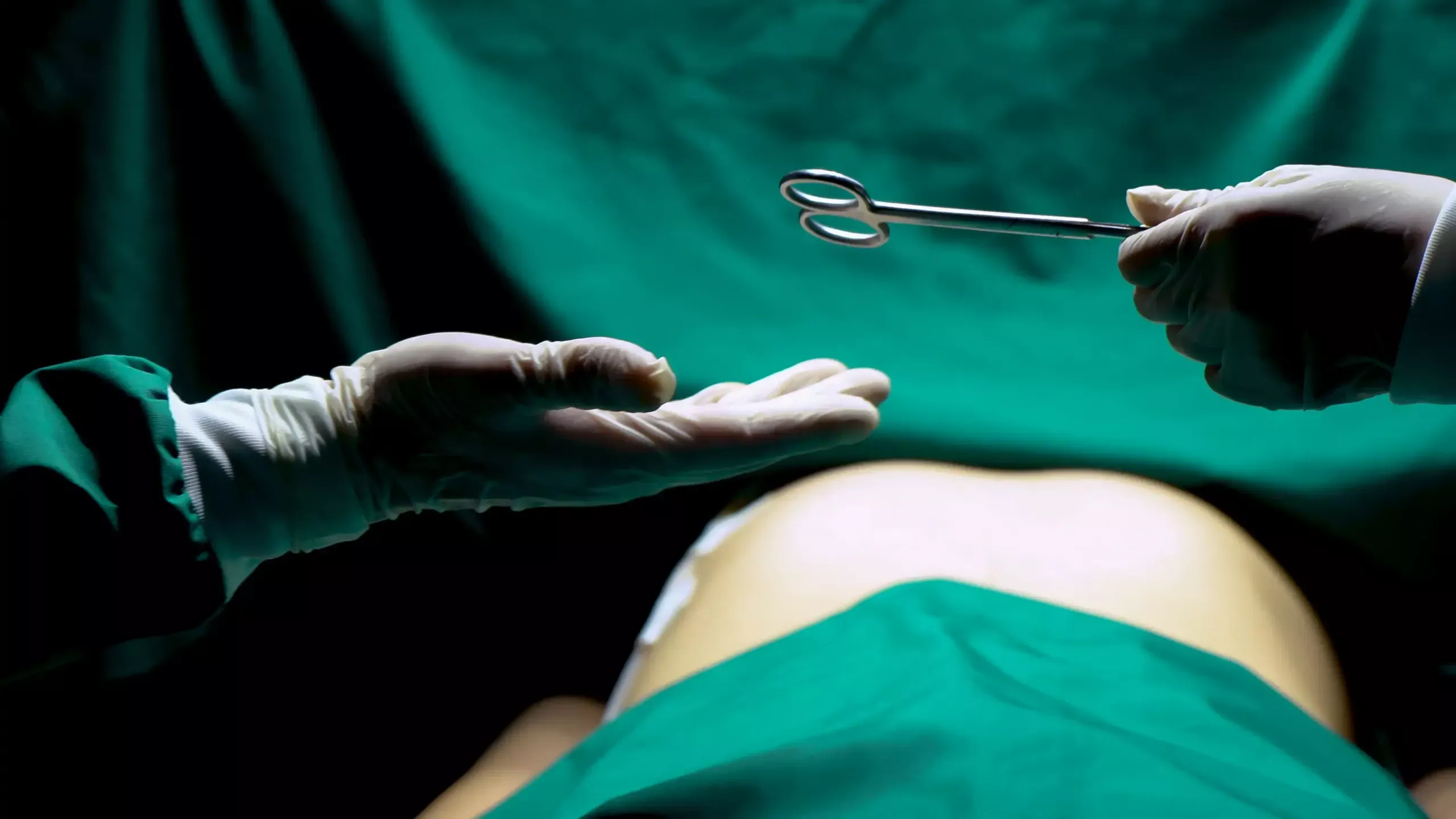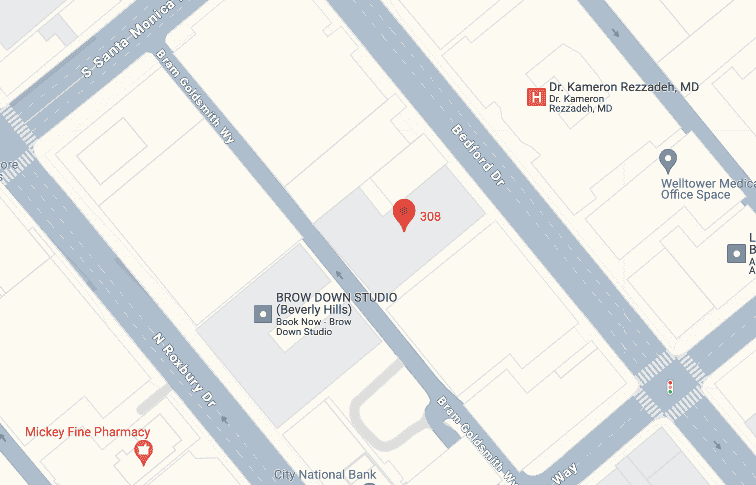Pilonidal cysts are a common yet often misunderstood medical condition. These cysts typically form near the buttock cleft and can cause pain, discomfort, and even infection. While surgery to remove pilonidal cyst is a common treatment option, there are many misconceptions about the procedure and its outcomes. In this article, we will debunk some of the most common myths about pilonidal cyst surgery, including the procedure, cost, and expertise of pilonidal cyst surgeons.
Myth: Pilonidal Cyst Surgery is Invasive and Risky
Fact: Pilonidal cyst surgery has evolved significantly over the years. Open excision surgery, which involved making a large incision to remove the cyst and surrounding tissue, was once common. Modern surgical techniques, on the other hand, have become less invasive. A technique known as “laser ablation” or “minimally invasive surgery” is gaining popularity. Smaller incisions are used in this procedure, which reduces the risk of complications and promotes faster healing. When performed by an experienced surgeon, pilonidal cyst surgery is generally regarded as safe.
Myth: Surgery Always Results in Pilonidal Cyst Recurrence
Fact: Recurrence rates for pilonidal cysts have improved with advancements in surgical techniques. Proper surgical excision, combined with effective wound care and hygiene, reduces the likelihood of recurrence significantly. To avoid future problems, surgeons now remove the entire cyst as well as any sinus tracts. Furthermore, patients are frequently counseled on preventive measures to reduce the risk of recurrence after surgery.
Myth: Pilonidal Cyst Surgery is Painful and Requires Lengthy Recovery
Fact: While pilonidal cyst surgery may cause some discomfort during the recovery period, advancements in anesthesia and surgical techniques have significantly reduced post-operative pain. Most patients can resume their normal activities within a few days to a couple of weeks, depending on the extent of the surgery. Pain medications may be prescribed by surgeons to alleviate discomfort during the recovery period.
Myth: Pilonidal Cyst Surgery is Expensive
Fact: Pilonidal cyst surgery cost varies depending on factors such as location, cyst extent, surgical technique used, and surgeon expertise. In some cases, health insurance may cover the surgery, especially if the cyst causes recurring infections or complications. Patients must check with their insurance provider and discuss cost estimates with the surgeon ahead of time.
Myth: Any Surgeon can Perform Pilonidal Cyst Surgery
Fact: Pilonidal cyst surgery is a specialized procedure that requires expertise in dealing with this particular condition. While general surgeons may be able to perform the surgery, it is best to seek out a surgeon who has experience treating pilonidal cysts. A specialist who performs pilonidal cyst surgeries on a regular basis is more likely to achieve better outcomes and lower recurrence rates.
Surgery to Remove Pilonidal Cyst Procedure
Pilonidal cyst surgery, also known as pilonidal cystectomy, is a medical procedure that removes a pilonidal cyst while also promoting healing. Depending on the extent and severity of the cyst, the procedure can be performed in a variety of ways. The following is an outline of the typical steps involved in the surgery:
1. Preoperative Evaluation:
Prior to surgery, the patient will be evaluated thoroughly by the surgeon. This evaluation consists of a physical examination, a review of the patient’s medical history, and possibly imaging tests such as ultrasound to determine the size and depth of the cyst. The surgeon will also assess the presence of any infection and the patient’s overall health to ensure that the patient is fit for the procedure.
2. Anesthesia:
The patient will be given anesthesia on the day of the surgery to ensure that they are comfortable and pain-free during the procedure. The type of anesthesia used varies, but for pilonidal cyst surgery, general anesthesia (where the patient is unconscious) or local anesthesia (numbing the specific area) are commonly used.
3. Incision and Cyst Removal:
The surgeon will carefully expose the affected area by making an incision over the pilonidal cyst. In traditional open excision surgery, the incision is typically larger to allow adequate access to the cyst. Smaller incisions may be used in more modern minimally invasive procedures. The surgical technique used is determined by the surgeon’s experience and the size of the cyst.
Once the cyst is exposed, the surgeon will remove it along with any surrounding tissue and debris. This step is critical in reducing the likelihood of recurrence. To avoid future complications, the surgeon will also ensure that any sinus tracts (narrow channels beneath the skin) associated with the cyst are thoroughly removed.
4. Wound Closure:
After the cyst is removed, the surgeon will clean the wound to remove any remaining debris and bacteria. In some cases, the wound may be left open to heal gradually from the inside out using a technique known as “secondary intention healing.” Alternatively, depending on the size and location of the incision, the surgeon may choose to close the wound with sutures, staples, or adhesive strips.
5. Dressing and Postoperative Care:
The wound will be dressed with sterile bandages following surgery to protect it from infection and aid in healing. The surgeon will give you instructions on how to take care of your wound at home. Proper wound care and hygiene are critical for reducing complications and promoting healing.
6. Recovery and Follow-up:
The time it takes to recover from pilonidal cyst surgery depends on the extent of the procedure and the individual’s healing capacity. Most patients can return to their normal daily activities within a few days to a few weeks. To alleviate discomfort during the recovery period, the surgeon may prescribe pain medication.
Follow-up appointments will be set up to monitor the healing process and rule out any signs of infection or complications. When it is safe to resume more strenuous activities, the surgeon will advise you, as well as any additional care instructions.
Patients should communicate openly with their healthcare providers throughout the process, as well as follow all postoperative instructions and seek immediate medical attention if any concerns arise during the recovery period.
Learn more: How Long Does a Pilonidal Cyst Surgery Take?
Learn more about Surgery for Pilonidal Cysts Today!
Unlock the knowledge of surgery to remove pilonidal cyst today! Pilonidal Experts is your go-to source for comprehensive insights, debunking myths, and exploring treatment options. Don’t wait, empower yourself for better health. Make an appointment today!








